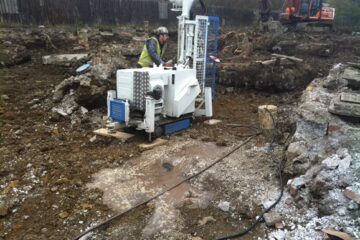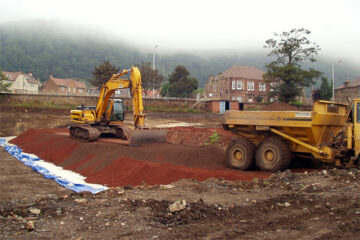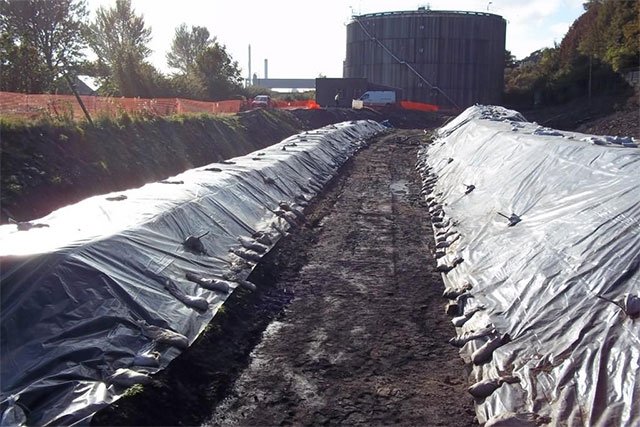We have plenty of advice for you, but often it starts with asking how you want to deal with your contaminated soil?
The options are numerous, as you will see from the list of our most used services below. We provide solutions from straight disposal to in-situ treatment, and everything in between including off-site treatment and ex-situ on-site treatments. Our free eBook helps explain the basic implications for each service.
If you don’t know where to start, a brief chat with us is advisable, an Options Appraisal may be what you’re looking for.
Treatment

Soil Chemical Oxidation
Chemox involves oxidising contaminants with the purpose of reducing the concentration.

Bioremediation
The solution to many contamination issues can be found in natural (biological) processes, this is called Bioremediation.

Stabilisation
Environmental stabilisation of soils is carried out with the intention of tying up contamination so that the risk from contamination is removed.

Soil Washing
Washing soils is more often than not about sorting soils into different constituent parts, gravels, sands and other fines.

Thermal Desorption
Thermal desorption is a process where heat is used to remove contaminants from soil.

Soil Disposal
This can be the simplest solution to contaminated land, excavate, haul and dispose of the contaminated soils.

Engineered Solutions
Engineering will always produce a great solution to any issue, or at least that's what our Civil Engineers say, and it's hard to argue with them.
What is Soil Remediation?
Soil remediation, from an environmental perspective, is the reduction of contaminant concentrations within soil.
Why remediate soils?
The aim of soil remediation works in the majority of cases is to reduce contaminants to levels which are ‘suitable for use’, essentially meaning you can use your site without environmental risks. As an example a client contacts us following the identification of an environmental risk. Concentrations of hydrocarbons in soils have been confirmed as being above safe levels for human health and as such must be dealt with before development of the site as a residential housing estate. In this situation remediation of soils may be a condition for planning consent.




